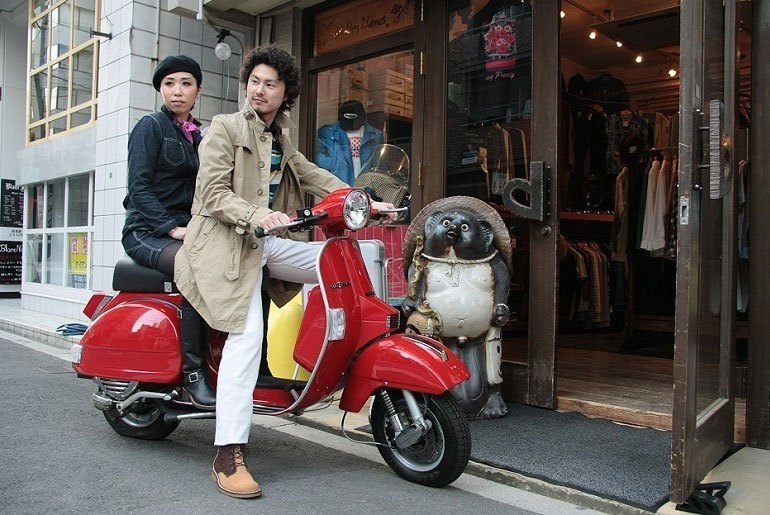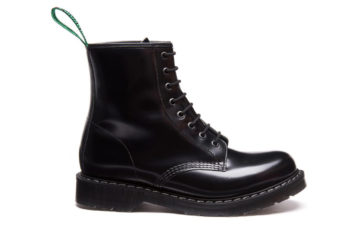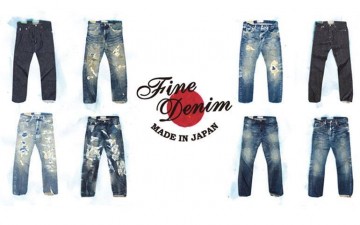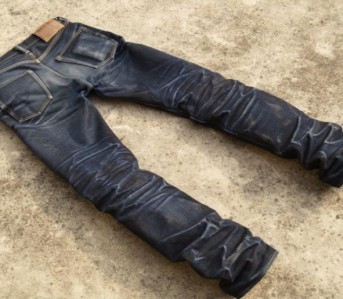One of the coolest companies producing raw denim and American Casual fashion remains somewhat obscure outside of Japan. Dry Bones is a brand with an aesthetic that’s immediately distinct from the styles popular outside of Japan. They draw their inspiration not only from the casual wear of the 1950s and an early rock n’ roll spirit, but also from traditional Japanese aesthetics.
Dry Bones got their start in 1989, originating with a secondhand clothing store called Razzle Dazzle. Like many of the most beloved Japanese American Casual brands, they began in the midst of the subculture that idolized mid-century American clothes, music, and film of post-war America.
Dry Bones wanted to create new clothes with the same quality and style found in expensive vintage garments. In the brand’s own words, their name “comes from the idea that when an animal dies, it decays and only bones remain; but in that process, it fertilizes the earth and ultimately gives birth to new life.” In the same way, Dry Bones is a brand that’s been fertilized by the culture that preceded it, a concept they call “Cultural Succession.”
At first, Dry Bones made direct reproductions of vintage clothing, but as time went by, they felt that “this alone wasn’t enough to truly constitute Cultural Succession. Even though we got as close as possible to the original materials and sewing techniques, if the concept behind our clothing wasn’t applicable to us as modern people, was it really worth the effort?” Through this, the brand began to change their approach toward making their clothes, leading to the fascinating and eclectic collections that constitute the brand today.
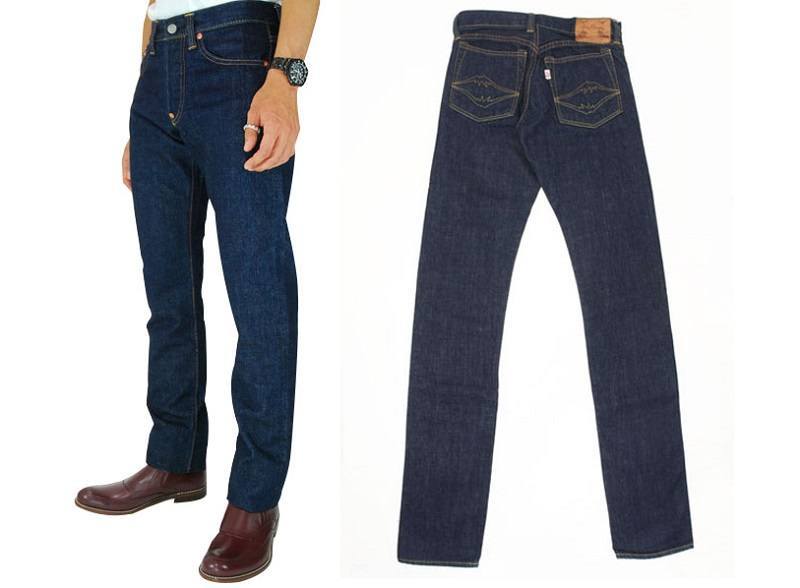
A pair of slim-fitting Sushi Ear jeans.
The brand makes a wide variety of jeans, ranging from turn-of-the-century models with wide legs and cinch backs like the Gold Rush Waist Over-Alls, to their trademark “Sushi Ear” model, a 14 oz. sanforized fabric with different colors on both ends of the selvedge line, and a distinctive back pocket stitch depicting Mount Fuji. Few Japanese brands achieve Dry Bones’ mastery of seamlessly merging vintage American qualities with their Japanese heritage.
American retailer Self Edge has probably done more than any other store to bring the brand’s products to an overseas audience, particularly through collaborations such as the SEXDBXS09 and last year’s standout collaboration, the hank-dyed SEXDB19.
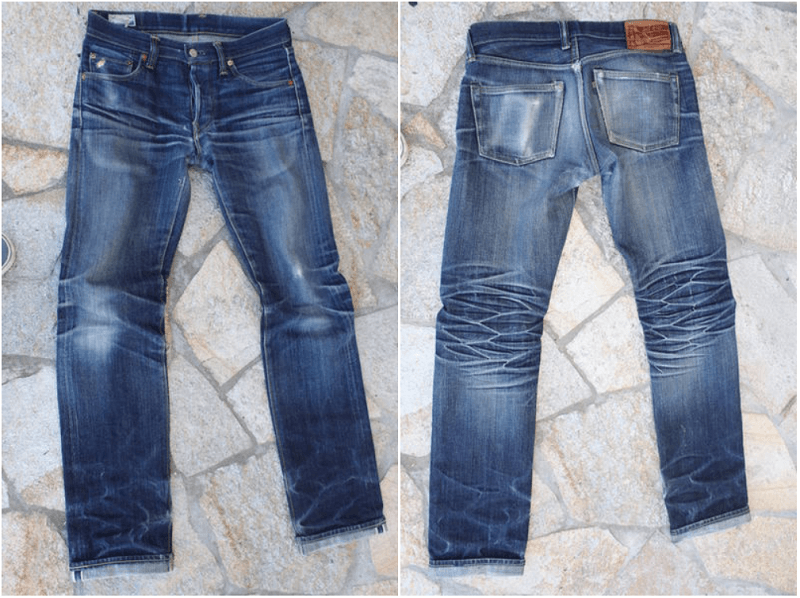
The brand’s Hawaiian shirts are another standout item, with materials and construction based on vintage shirts from the 1940s and 50s, but with original designs created by 21st century artists like Rockin’ Jelly Bean,a famed Japanese illustrator. Dry Bones is also known for making some of the best reproductions of 1950s gabardine jackets, printed with eye-catching colors and patterns.
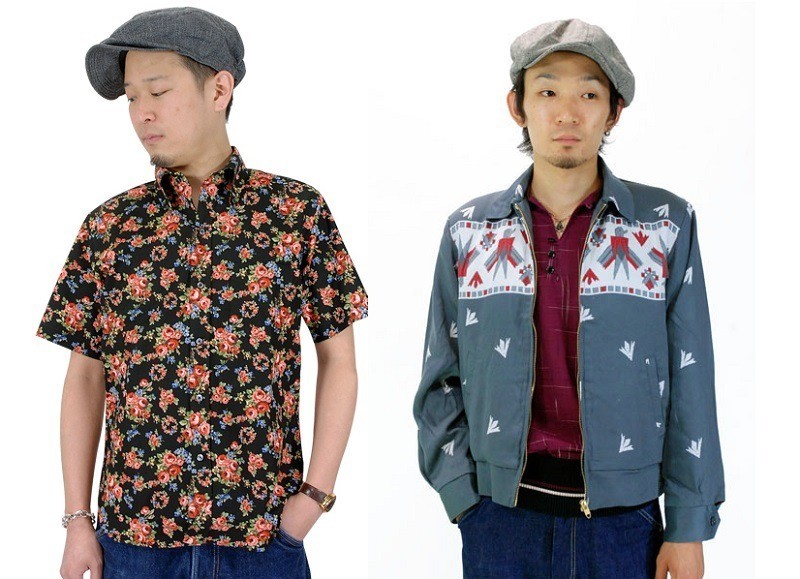
A Dry Bones Hawaiian shirt and Gabardine jacket.
One of the most exciting developments for Dry Bones has been the Volstead Label. This line offers a unique flavor inspired by Prohibition-era clothing, and includes suspenders, trousers, and hats, as well as shirts, tees, and footwear. Though some of the collection is clearly inspired by workwear, much of it has a distinct early 1900s vibe that stands out amongst other Japanese brands.
One of the most impressive aspects of the brand is how Dry Bones builds on its identity with each successive development – unlike some brands that make a range of mostly-disconnected styles distinct from each other.
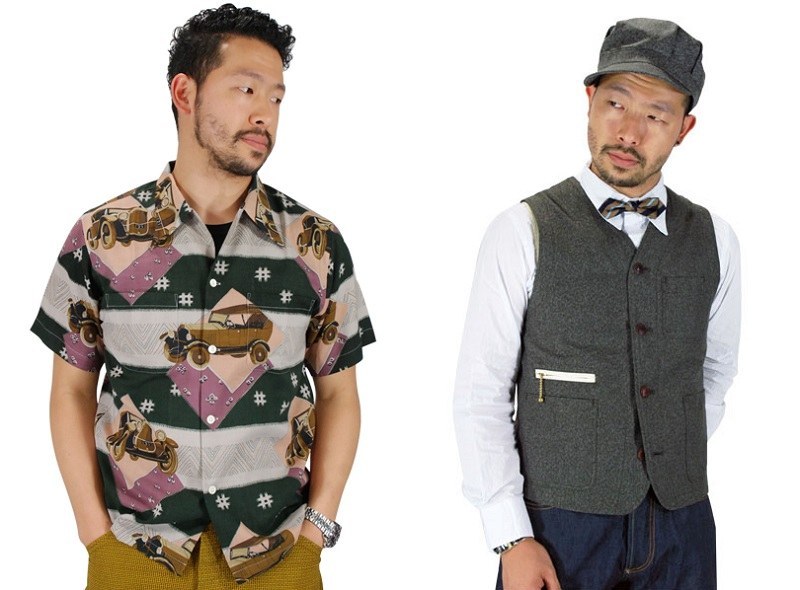
Some items from the new Volstead line.
This year Dry Bones launches a new denim model called Jean Engineering, which features a new weave based on a helix pattern inspired by the shape of DNA molecules. It’s just one more way that Dry Bones aims to, in the words of the company, “succeed good vintage garments.” Over twenty years after launching, Dry Bones continues to innovate by bringing their unique vision to the American Casual scene.
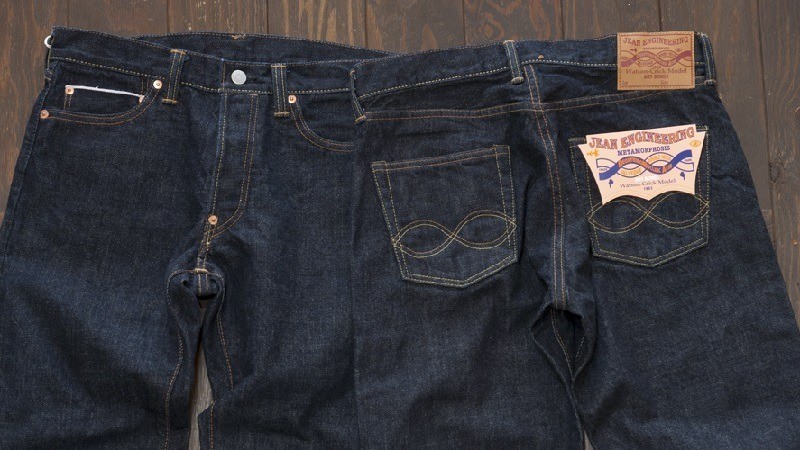
The new Jean Engineering models.

